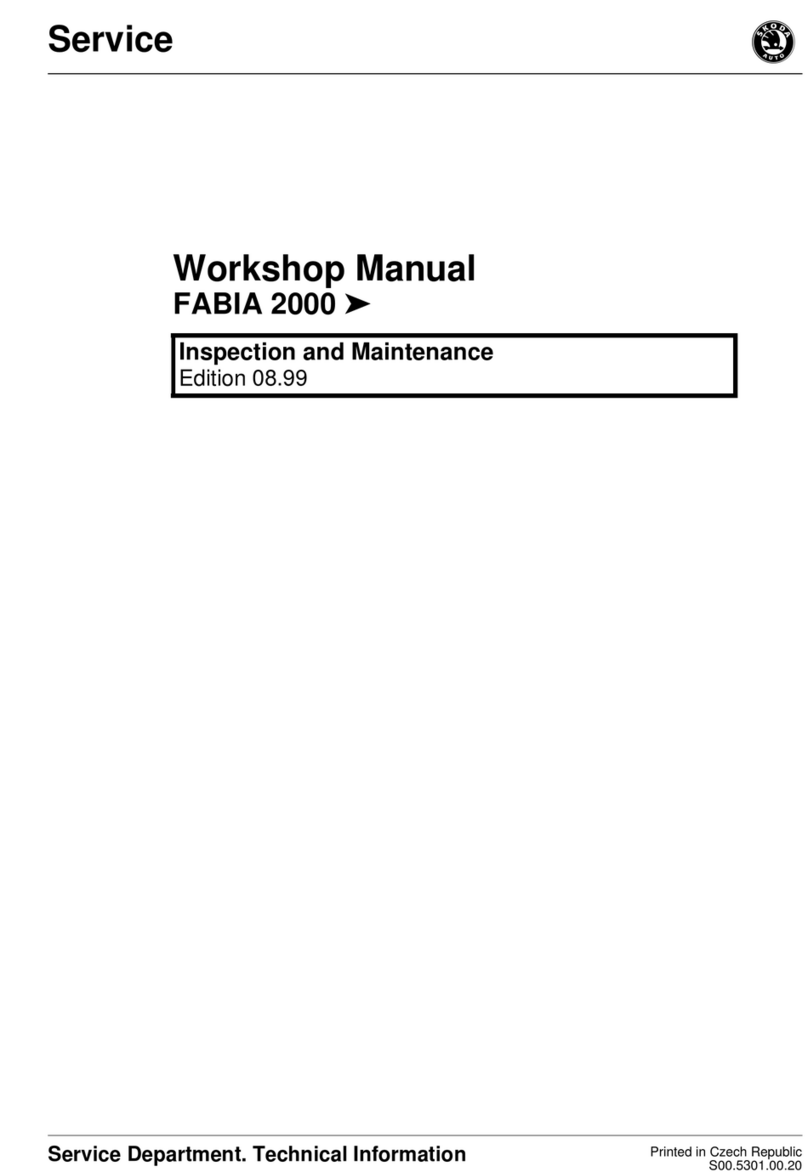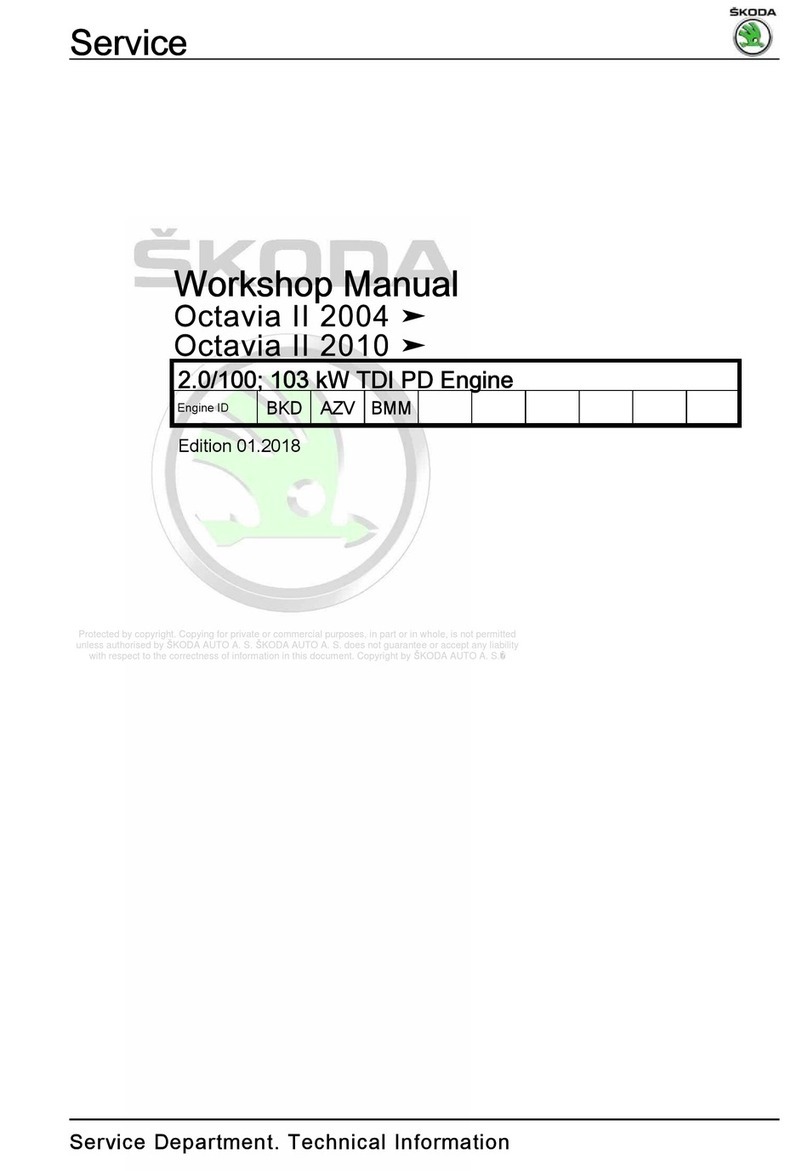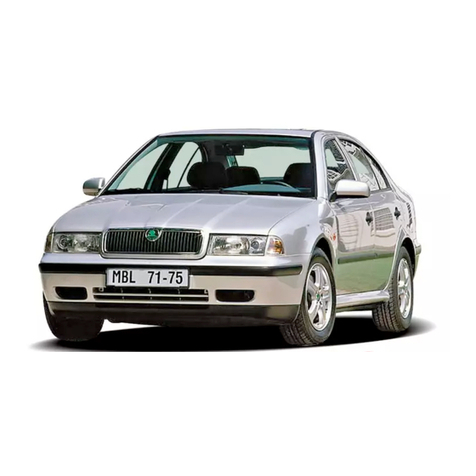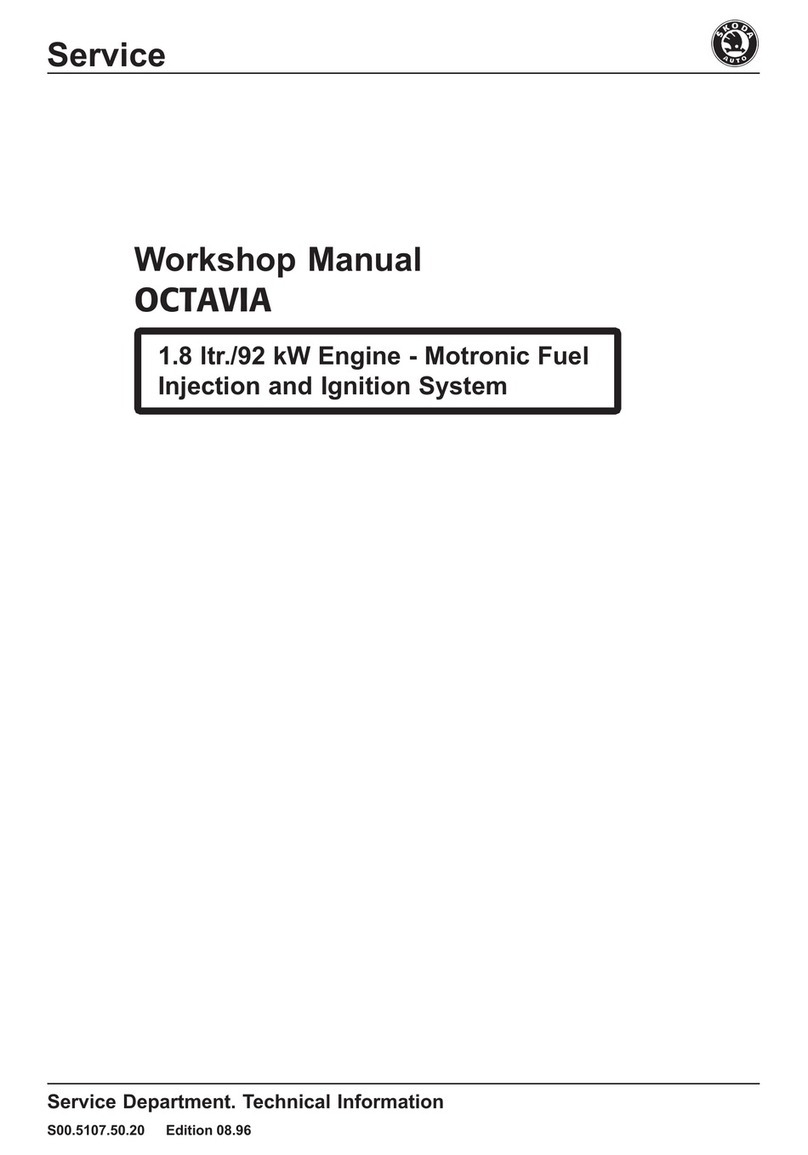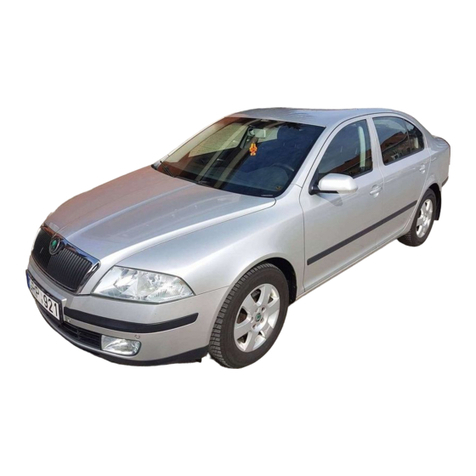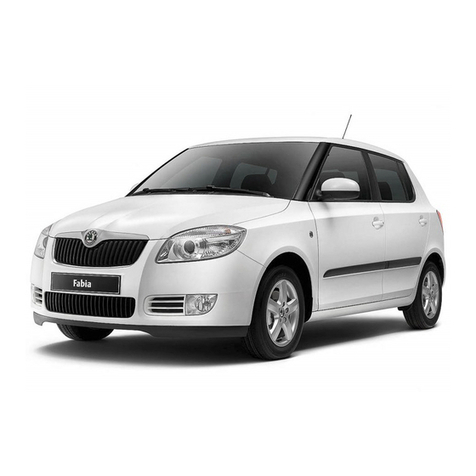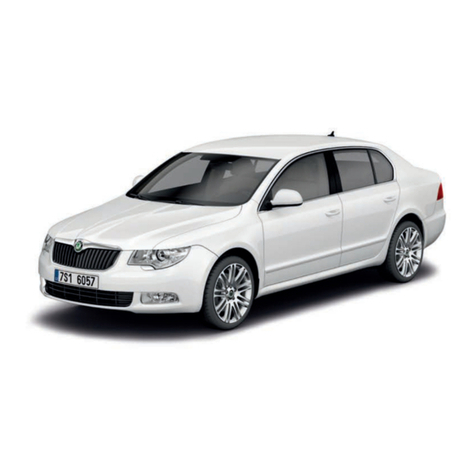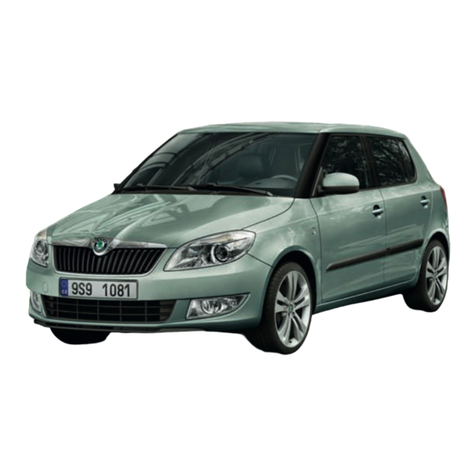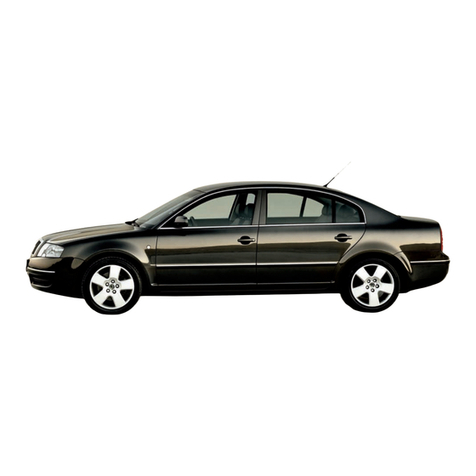
Table of Contents
1 Vehicle owner
5 About the Owner's Manual
6 About the Owner's Manual
6 Tutorial videos
7 Explanations
7 Digital Instructions in Vehicle
Infotainment
7 Application Quick Start Guide
8 Vehicle overviews
8 Front vehicle area
10 Rear vehicle area
11 Driver's seat
11 Centre console and passenger seat
12 Engine compartment
12 Warning lights
12 Functionality
12 Warning lights overview
16 Correct and safe
16 Introductory notes for correct use
16 New vehicle or new parts
16 Regular checks
16 Improper vehicle adjustments
16 Keep sensors and cameras functional
17 Engine compartment
17 Handling operating uids
17 12 volt vehicle battery
17 Notes on the high-voltage system
18 Use electrical sockets in the vehicle
18 Before your journey
18 Sitting safely
19 Correct belt webbing arrangement
19 Correct steering wheel position
19 Securing children properly
19 Transporting objects safely
20 Safe driving
20 Stop the vehicle safely!
20 Exiting the vehicle
21 Deviating weather conditions
21 Emergency call
22 After an accident
23 Keys, locks and alarm system
23 Key
24 Central locking
25 Keyless locking (KESSY)
26 Alarm system
27 Doors, windows and boot lid
27 Doors
27 Child safety lock on the rear doors
28 Window - with electrical operation
29 Sliding/tilting roof
30 Sunblind - with electrical operation
30 Sunblind for the rear window
30 Sun protection roller blinds for the rear door
panes
31 Sun visors
31 Boot lid - with manual operation
31 Boot lid - with electrical control
32 Electrically operated contactless boot lid
33 Unlocking the boot lid
34 Seats, steering wheel and mirror
34 Front seat - with manual operation
34 Front seat - with electrical operation
35 Memory function of the seat
36 Seat massage function
36 Rear seats
36 Folding the backrests forward from the
luggage compartment
37 Park position of rear seat belts
37 Headrests
37 Sleep package
37 Front armrest
38 Rear armrest
38 Load-through device
38 Steering wheel
39 Interior rear-view mirror
39 Wing mirror
41 Restraint systems and airbags
41 Seat belts
42 Child seat
43 Fasteners for child seats
45 Airbags
46 Key switch for the front passenger airbag
48 Lighting, windscreen wipers and
washers
48 Exterior lighting
50 COMING HOME, LEAVING HOME exterior
lighting
51 Light Assist high-beam assist system
51 Dynamic Light Assist headlight assist system
52 Interior lighting
53 Interior ambient light
54 Windscreen wipers and washers
56 Heating and air conditioning system
56 Climatronic automatic air conditioning system
58 Auxiliary heating and ventilation
59 Heated windscreen
60 Seat heating and ventilation
60 Heated steering wheel
61 Driver information system
61 Digital instrument cluster
62 Head-Up display
62 Driving data
63 e-Manager
64 e-Display
2Table of Contents
